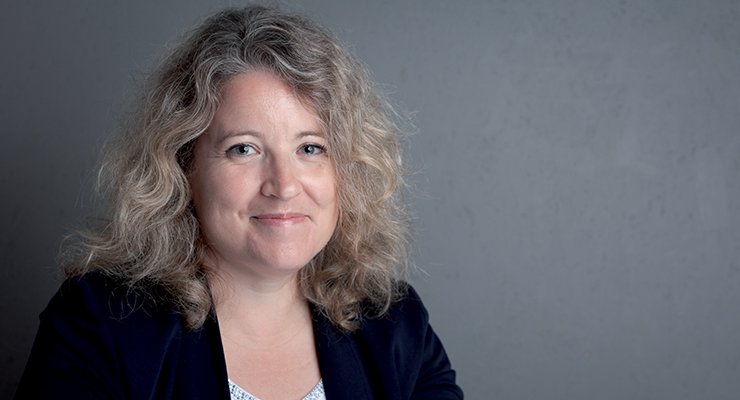FuseMetal joint laboratory, a breeding ground of skills

The FuseMetal joint laboratory was born from the combined will of actors of the UTC Roberval Laboratory and the Montataire research centre of Arcelor-Mittal to join their forces in order to tackle some well identified technological research themes.
Research scientists from Roberval’s Materials and Surface and Digital Mechanics teams have been working with the ArcelorMittal Global R&D research centre in Montataire, which specialises in automotive applications, for nearly 30 years on rather ad hoc projects, through theses, post-doctorates and internships.
“We wished to perpetuate this collaboration by structuring it further, around current themes for the industrial partner but also stimulating for the academic and technological research carried out at UTC. The FuseMetal joint laboratory was therefore officially created in April 2019, an opportunity having arisen in 2018 to respond jointly to a call for a Joint Research Team project launched by the Hauts-de-France region,” explains professor Marion Risbet, Director of the joint laboratory.
The projects developed in the FuseMetal laboratory are based on two themes. Firstly, there is the opportunity represented by the introduction of very high strength steels known as “3rd generation”, i.e., sheet steel that is much thinner and therefore lighter, but just as strong as current steels, in an automotive sector that is forced to reduce its CO2 emissions. These steels have very elaborate chemical compositions and microstructures, which complicate their weldability and the mechanical strength of assemblies. There is also the potential of using additive manufacturing techniques for steels and their applications.
“We are endeavouring to understand the multiphysical phenomena that occur when steel powders are heated to very high temperatures to make parts, in order to improve the quality of the finished products. We are also studying the possibility of replacing certain very massive parts, used in shaping means, by 3D steel parts with a completely revised design. These two themes require the combination of skills in terms of both materials experimentation and digital simulation, skills that are brought together in the joint laboratory,” continues Marion Risbet.
Off-site laboratory
This is a ‘hors-murs’ (off site) laboratory, meaning that the members of the joint laboratory meet at the premises of one or other partner, but do not have a specially dedicated rooms. The doctoral students often have an office at both partners’ premises, and their supervisory team is always made up of research staff from both entities.
“We currently have 35 members in this joint laboratory, about 70% of researchers and technical support staff from the UTC and 30% of researchers and technicians from ArcelorMittal, with six PhD students and two research engineers. It is worth noting the high rate of women in the joint laboratory (40%), which is notable in the field of metallurgy and mechanics, and is an important indicator for the European funds from which we benefit.”
Thanks to the financial support of the various partners, the FuseMetal laboratory has been able to invest in the scientific equipment and digital simulation software needed to carry out its studies, develop practical applications and participate in various scientific events (study days, conferences, etc.). Not forgetting the recruitment of 6 PhD students with 4 PhD students recruited by ArcelorMittal France on a CIFRE contract, 2 by UTC on a ministerial support allocation and 2 research engineers financed by the European FEDER funds (see pages 16 and 17). This makes up a young, dynamic, multi-skilled and multi-cultural team from countries such as Brazil, China, Tunisia, India and France.
FuseMetal: numerous points in common
For the UTC, the joint laboratory allows first of all to bring to the UTC researchers original themes in the field of the technological research, the DNA of UTC, in a direct link with the concerns of the socio-economic world. The scientific topics are globally related to the definition of steel structures for automotive applications which are safer and more durable, which resonates with the current preoccupations in terms of sustainable development and societal responsibility pervading the world of higher education and research.
This joint laboratory also allows the Roberval laboratory of the UTC to attract good profiles of PhD students, by the proximity with the industrial group ArcelorMittal. The researchers of the Montataire centre are also invited to intervene directly in the UTC courses for engineers of the mechanical engineering department (UTC-ME), for courses targeted on industrial themes. Six-month internship subjects are also offered to mechanical engineering students on subjects related to the joint laboratory.




